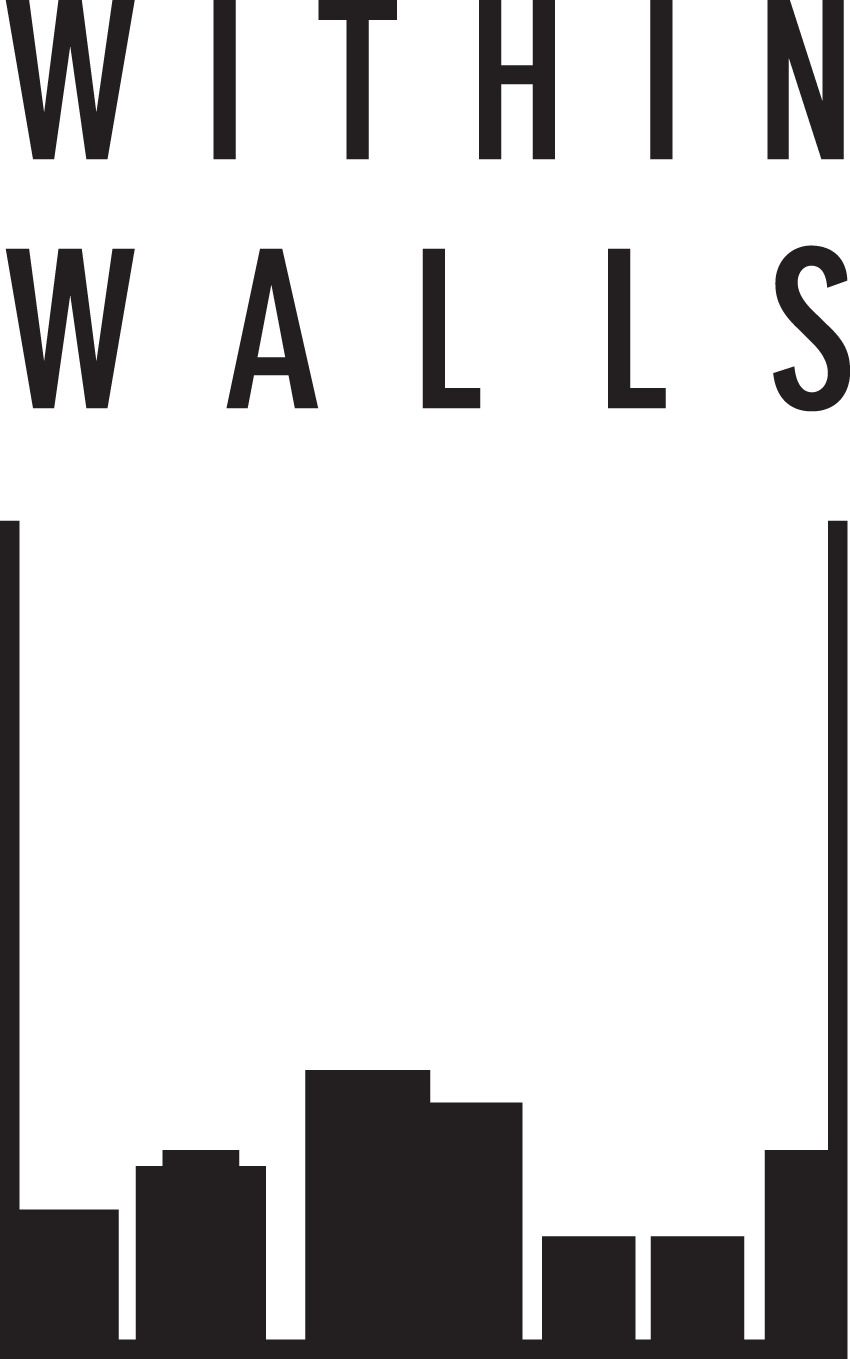Architecture has an effect upon our minds, our bodily behaviour and our wellbeing. But how do we control these signals? And how do we depict them, before a building is even raised?
Through the study 'Monument of Anxiety' we have tested the potential of combining film and architecture, both in a direct and physical manner, but also through combining the two creative processes.
The monument is based upon the Danish philosopher Søren Kierkegaard's theories regarding angst [anxiety]. In an overpopulated city dominated by stress, you rarely have the time and peace to stop and think. The aim of this structure is to tune the visitors mind into 'self reflection', through the use of spatial dramaturgy, materials, acoustics, architectural props and physical movement.
The project resulted in an 130m long underground tunnel, with 9 round gates, ending in a 14m deep crater, positioned at one of the busiest squares in Copenhagen.
During the design process we developed a new set of communicative and creative methods, by transforming the filmic process into new architectural working tools. Methods that helped us control and shape the spatial signals within architecture, but at the same time, visual and informative tools that enables us to immediately communicate our design during the creative process.
These methods has subsequently been presented and discussed at Oxford University. See some of the publications below.
CREDITS:
Director: Christel Nisbeth, Moa Liew,
Editor: Christel Nisbeth, Moa Liew,
ACCREDITATION:
The theories behind Monument of Anxiety was presented at the interdisciplinary conference ‘Time, Space and the Body’ at Oxford University, 2014
Publications:
Monument of Anxiety: The full storyboard
Monument of Anxiety: Creating and representing architecture through a filmic process
Monument of Anxiety 1 – Program
Monument of Anxiety 2 – Analyzes








